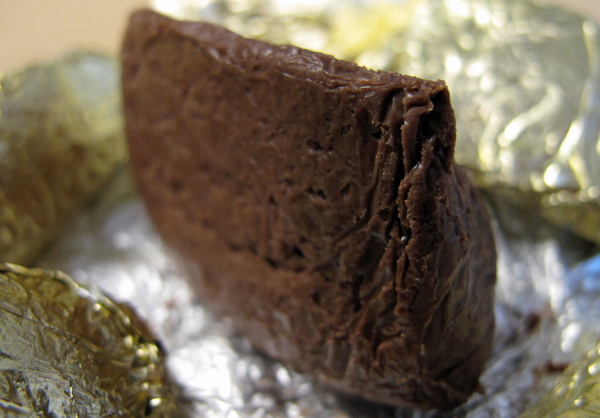
Having discussed the traditional tripartite composition of gianduiotti (i.e., sugar, cacao, Tonda Gentile delle Langhe), we now turn to their shape and three methods of formation.

Having discussed the traditional tripartite composition of gianduiotti (i.e., sugar, cacao, Tonda Gentile delle Langhe), we now turn to their shape and three methods of formation.
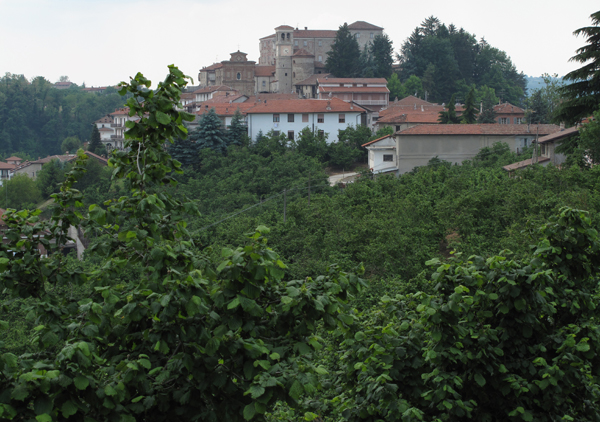
Tonda Gentile delle Langhe excels in every objective measure of hazelnut quality for confectionery. But, subjectively, do the nuts taste better? It’s not difficult to find experienced food writers and chefs who insist they do.
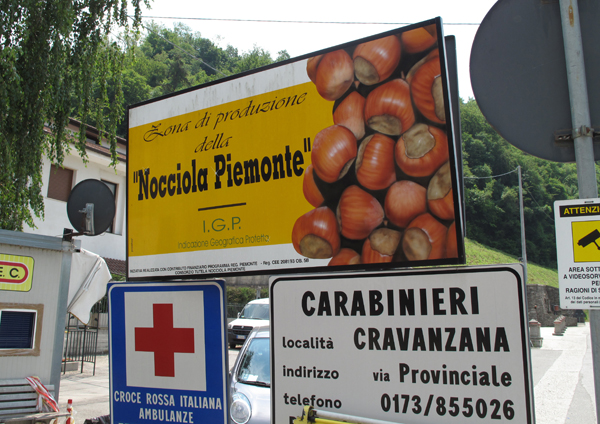
The dominant hazelnut cultivar in Piedmont is Tonda Gentile delle Langhe (or TGL, for short). Tonda Gentile delle Langhe translates as “round and mild (or delicate or refined) of the Langhe,” referring to the spherical kernel, its sweetness of flavor, and the cultivar’s origins in the Langhe hills southeast of Turin in the province of Cuneo.
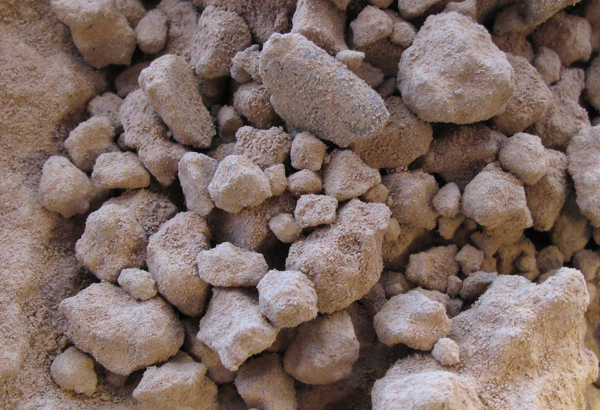
Understanding the nature of the cacao solids used in early gianduia requires a brief examination of the state of the art in Turin during the 1860s.
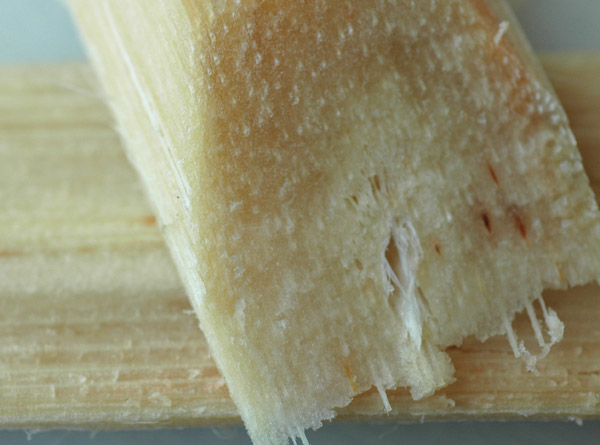
Having devoted some time to the questions of gianduia’s origins, we now turn to its composition. Though recipes have varied over the years according to the cost and availability of ingredients, the earliest gianduiotti consisted of three principal ingredients: sugar, cacao, and roasted hazelnuts (1).